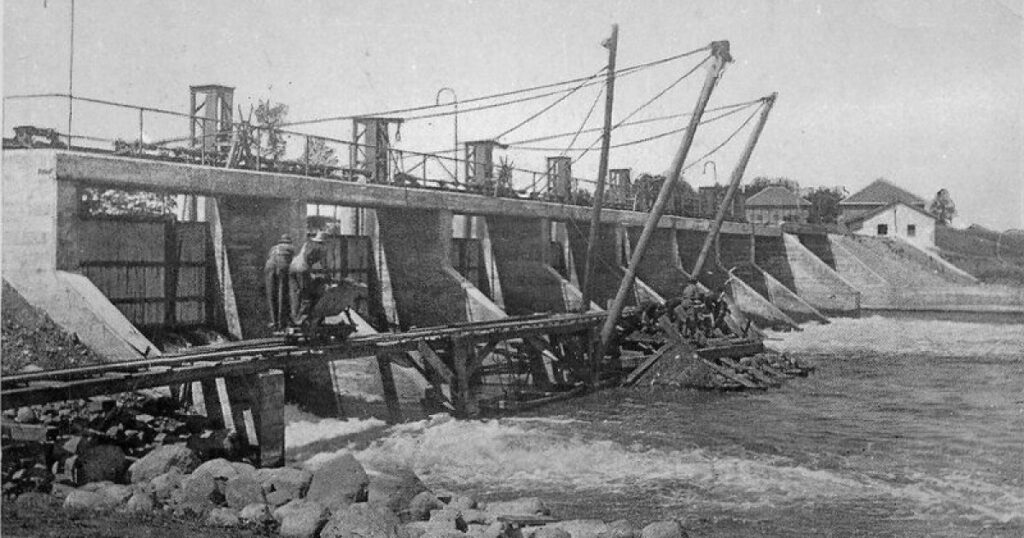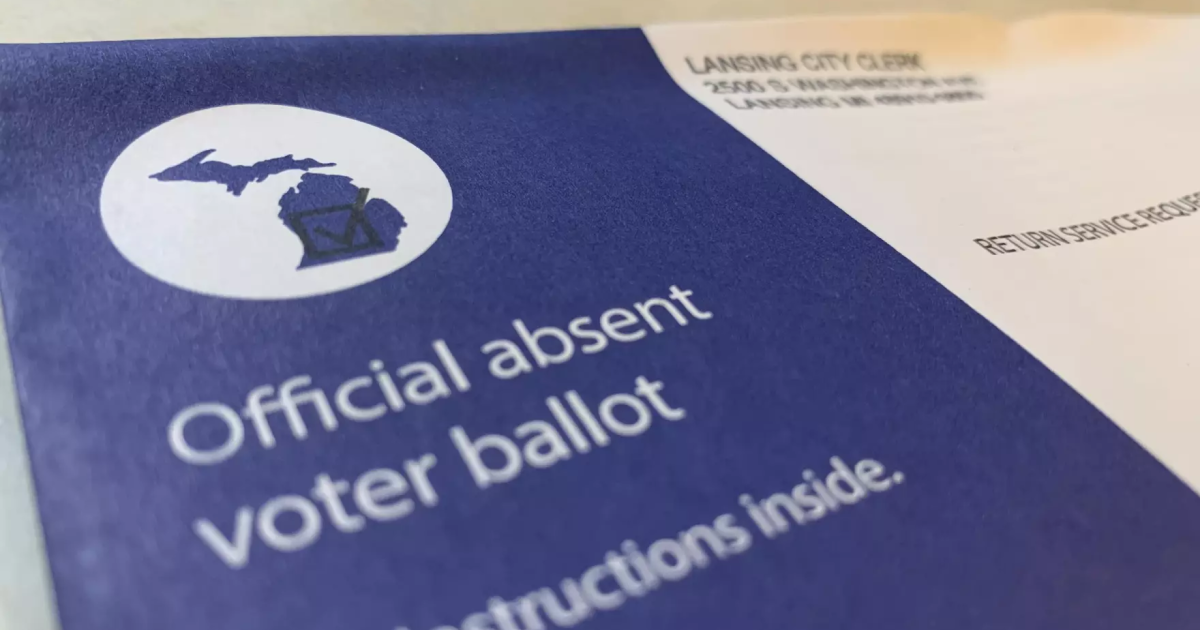Understanding the push for dam removal in Michigan can be complex, especially when considering the historical context and current ecological benefits. The idea of dismantling something that was built to last seems counterintuitive to many, as seen in a focus group some years ago when a participant remarked, “I don’t understand. We’re Americans. We build dams. Why would you tear one down?”
Despite the initial confusion, the movement to remove dams is gaining momentum as a means to restore the natural flow of rivers, enhance fish populations, and improve water quality. This initiative faces the challenge of overcoming public misunderstanding and highlighting the ecological advantages of such actions.
Michigan’s rivers, once vibrant and flowing, have been turned into stagnant bodies of water by a series of dams, leading to warmer temperatures and reduced oxygen levels. These conditions disrupt aquatic life, including fish species that are crucial to the Great Lakes ecosystem, as they can no longer access their spawning grounds.
The Michigan Department of Natural Resources (DNR) is actively working on removing such barriers. A recent collaboration with the National Fish and Wildlife Foundation has already reconnected over 140 miles of streams, with a $5 million grant aimed at removing 27 stream barriers. The DNR’s news release provides further details on these efforts.
“We’re really focused on aging dams, and dams that we’re no longer using, or dams that are too expensive to responsibly maintain,” explained Kesiree O’Brien, resource analyst for the DNR. The funding is not only being used for dam removal but also for restoring native vegetation and improving stream conditions.
However, the future of dam removal is uncertain due to financial constraints. In the wake of heavy rains in 2020, which caused dam failures and flooding in Midland, the urgency of addressing climate change and infrastructure issues became apparent. Yet, with an anticipated $1.1 billion cut in federal funding for Michigan, the pace of dam removal projects is expected to slow.
The DNR acknowledges that not all dams will be removed, as some are integral to maintaining human-made lakes and recreational areas. “There’s always a balance to be struck,” O’Brien noted, emphasizing the need for a holistic approach to dam management.
Additional insights into the state’s dam removal initiatives and challenges can be found in various reports and projects, such as the story by Kelly House at Bridge Michigan and a 10-year study on the effects of dam removal on local ecosystems.
—
Read More Michigan News










